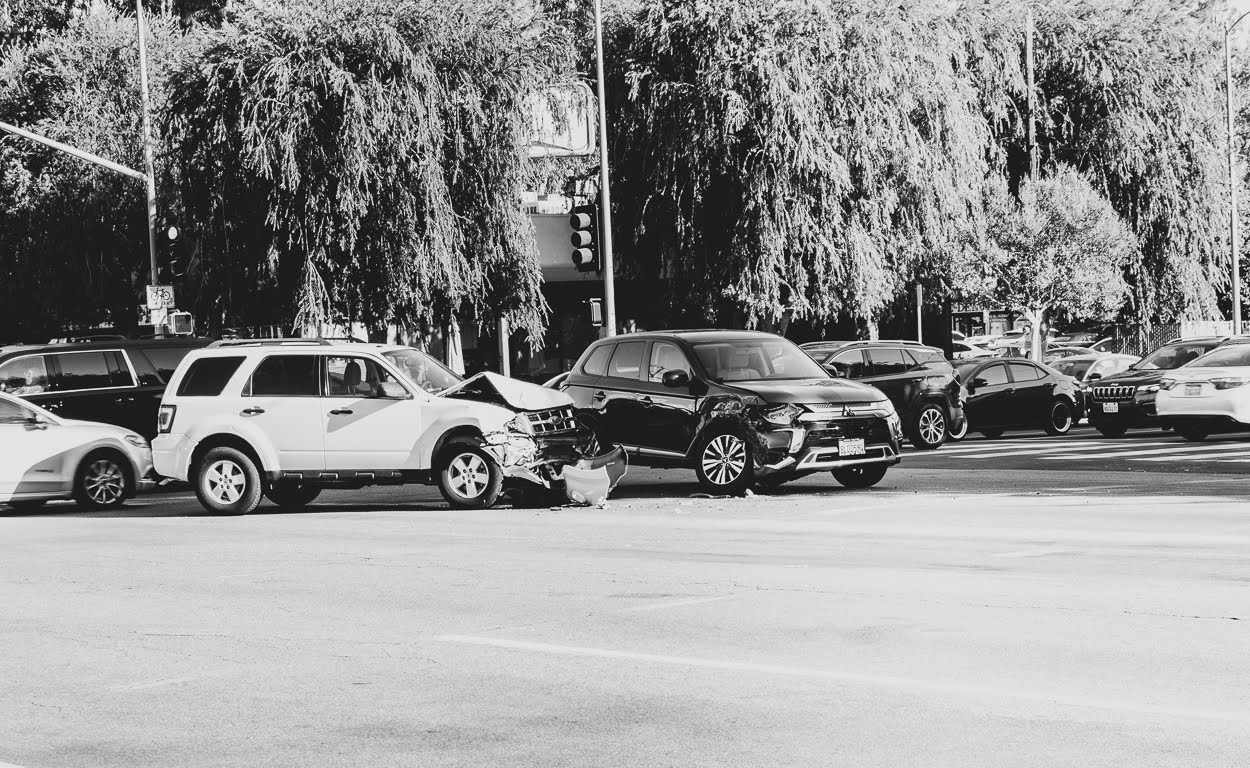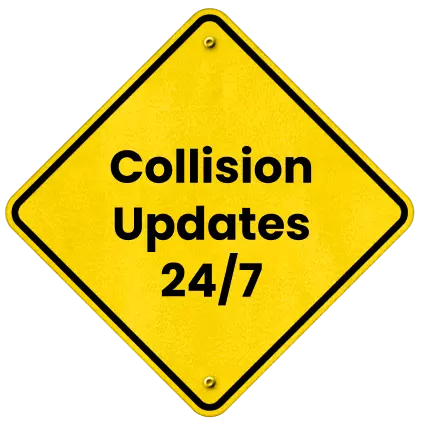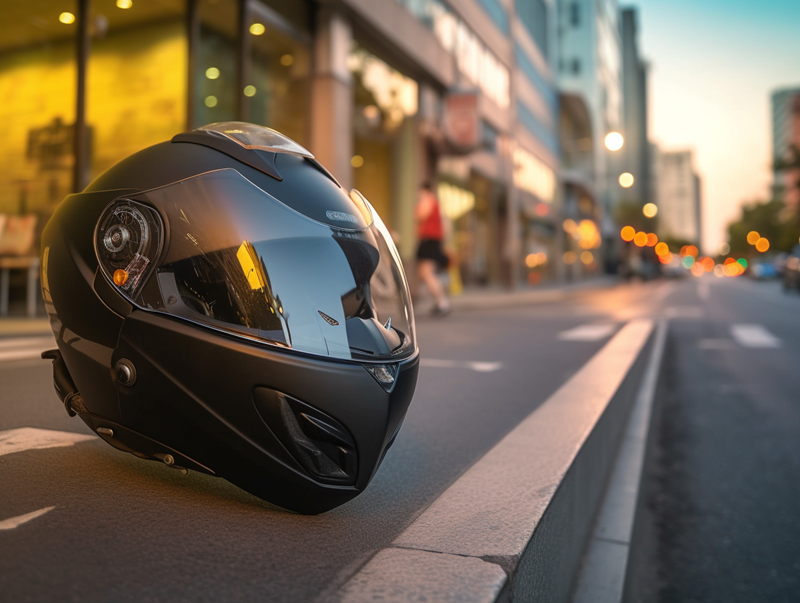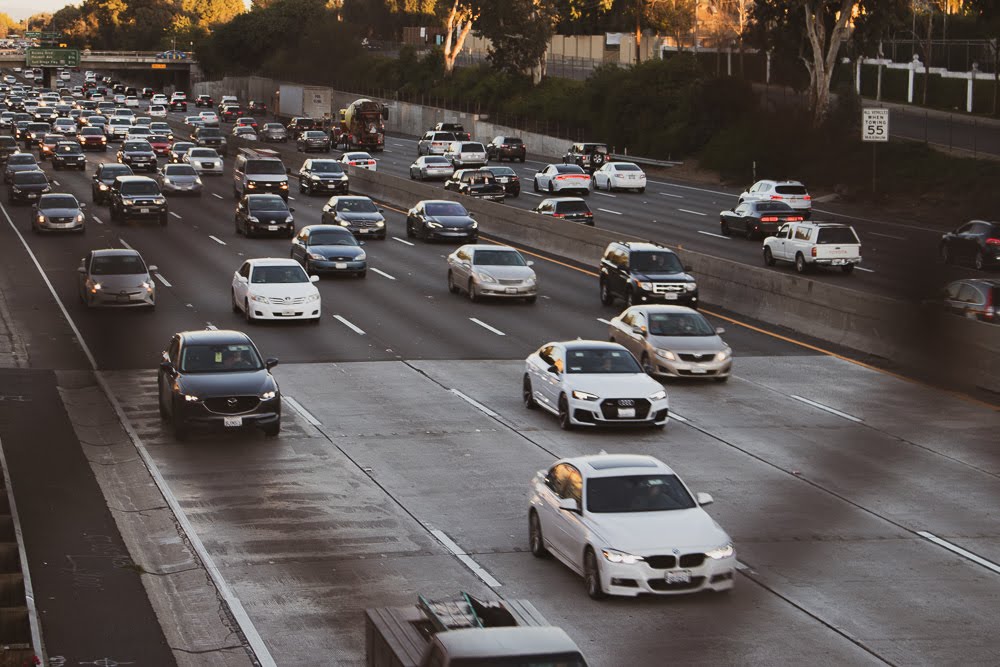
Dealing with Multi-Vehicle Pile-Ups on I-5 During Rain or Fog


Interstate 5 stretches from Canada to Mexico, cutting through diverse terrain and climate zones. While it is a vital route for commuters, truck drivers, and travelers, its length also means drivers encounter vastly different weather conditions.
Rain and fog are two of the most dangerous hazards on this route, often contributing to chain-reaction crashes that result in severe injuries and significant property damage.
Understanding where these incidents commonly occur, why they happen, and how to protect yourself both on the road and afterward can make all the difference.
High-Risk Zones for Weather-Related Crashes on I-5
Certain sections of I-5 are particularly prone to bad weather that leads to collisions:
- Willamette Valley, Oregon: Known for dense morning fog, this stretch frequently sees reduced visibility that can turn a minor incident into a freeway pile-up on I-5 within seconds.
- The Grapevine, California: Running through the Tehachapi Mountains, this area often experiences heavy rain, sudden fog banks, and slick pavement. Its steep grades make braking more dangerous for trucks and passenger vehicles alike.
- Western Washington: Frequent rain combined with early darkness in winter creates conditions ripe for hydroplaning and reduced reaction times.
These locations highlight how geography and weather interact to create dangerous driving conditions. Even the most cautious driver can be caught off guard by sudden fog or standing water.
Crash Dynamics in Rain and Fog
When rain or fog sets in, the dynamics of driving change instantly. Rain reduces tire traction, increases braking distances, and can create hydroplaning hazards. Fog drastically reduces visibility, making it nearly impossible for drivers to see brake lights or obstacles ahead in time.
In these conditions, a single mistake such as speeding, following too closely, or failing to use headlights, can set off an I-5 chain reaction collision. Once the first vehicle loses control, trailing cars often lack the time or space to stop, creating a domino effect. Large trucks amplify the danger because of their longer stopping distances and the size of the debris field in the event of a crash.
Injury Prevention on Hazardous Roadways
While no strategy can fully eliminate risk, certain precautions help minimize the chance of being involved in a freeway pile-up on I-5:
- Slow down well below the speed limit in foggy or rainy conditions.
- Leave extra space between your car and the vehicle ahead.
- Use low-beam headlights in fog and avoid high beams, which reflect light and reduce visibility.
- Ensure your tires and brakes are properly maintained, especially before traveling through high-risk zones like the Grapevine.
- Stay alert for brake lights ahead and be ready to respond.
Weather-related crashes often unfold in seconds, but careful preparation and attentive driving can reduce the severity of an incident.
Shared Fault and Legal Complexities
Multi-vehicle pile-ups present unique legal challenges. These cases often involve dozens of drivers, multiple insurance companies, and even government entities responsible for roadway maintenance. Determining liability requires untangling who was negligent and to what extent.
For example, one driver may have been following too closely, while another failed to use headlights in fog. A commercial truck might not have adjusted its speed for weather conditions. In some cases, poorly maintained roads or inadequate signage may also contribute.
Each state along I-5 has its own laws regarding liability and fault. California applies comparative negligence rules, which means each driver may be assigned a percentage of fault. Oregon and Washington have similar principles, though statutes of limitation and insurance requirements differ. For victims, this means securing compensation often requires strong legal advocacy and a detailed investigation into the chain of events.
Preserving Evidence After a Pile-Up
Because these crashes involve so many vehicles, evidence is the key to protecting your rights. If you are able, consider:
- Gathering photographic evidence of your vehicle, the conditions, and any visible hazards on the roadway.
- Keeping copies of medical records, prescriptions, and therapy notes that document your injuries.
- Preserving communication records with insurance adjusters or other involved parties.
- Obtaining witness statements from passengers, other drivers, or nearby motorists.
In large pile-ups, investigators may also rely on weather reports, highway camera footage, and crash reconstruction experts. The stronger the evidence, the better the chance of securing fair compensation for medical bills, lost wages, and long-term care needs.
Why Legal Guidance Matters
After an I-5 accident in bad weather, victims often face not just physical recovery but overwhelming financial and legal stress. Medical expenses can accumulate quickly, and dealing with multiple insurers adds to the burden. An experienced I-5 accident attorney can step in to handle investigations, preserve evidence, and negotiate with insurance companies.
Legal professionals also help ensure that all filing deadlines are met, especially given the different statutes of limitation in California, Oregon, and Washington. Their guidance is invaluable in protecting your rights when multiple negligent parties are involved.
Beyond the legal and financial aspects, victims of freeway pile-ups face a long road to recovery. Injuries from multi-vehicle accidents are often severe, including fractures, head trauma, spinal injuries, and emotional distress. Families may feel the ripple effects for months or years.
Compassionate support and strong legal advocacy make a difference in these difficult moments. By having the right team in your corner, you can focus on healing while professionals fight to secure the compensation you need.
Your attorney can gather evidence, coordinate with investigators, and stand up to insurance companies while you concentrate on recovery. With the right legal support, you can move forward with greater confidence and peace of mind.
Contact an I-5 Accident Lawyer
Experiencing a freeway pile-up on I-5 during rain or fog can be one of the most frightening events a driver or passenger will ever endure. The aftermath is confusing and often overwhelming, but you do not have to face it without guidance.
Contact us at (888) 511-4558 to speak with an attorney well-versed in I-5 accidents, or schedule a free consultation today to review your case.







